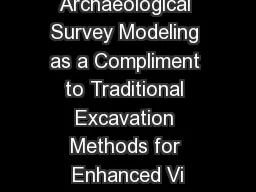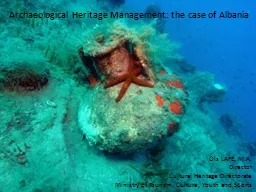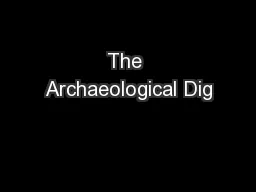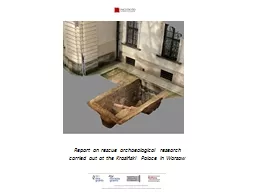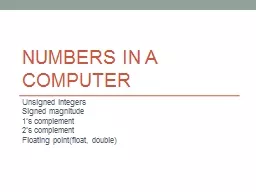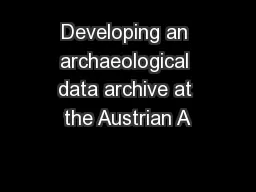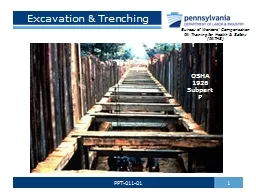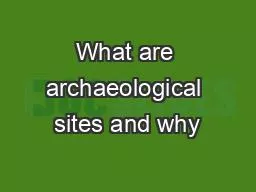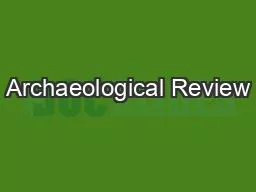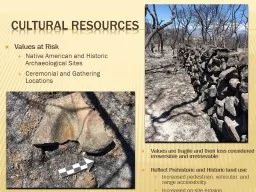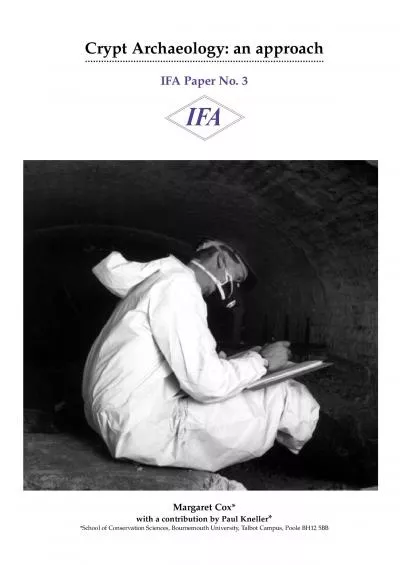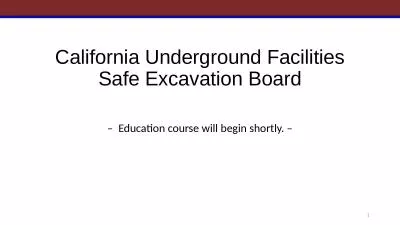PPT-3D Archaeological Survey Modeling as a Compliment to Traditional Excavation Methods for
Author : ellena-manuel | Published Date : 2018-09-24
By Paul Roddy Pennsylvania State University GEOG 596 A Spring 2016 Dr Alexander Klippel Advisor Westcott and Brandon declared that GIS as a research tool may have
Presentation Embed Code
Download Presentation
Download Presentation The PPT/PDF document "3D Archaeological Survey Modeling as a C..." is the property of its rightful owner. Permission is granted to download and print the materials on this website for personal, non-commercial use only, and to display it on your personal computer provided you do not modify the materials and that you retain all copyright notices contained in the materials. By downloading content from our website, you accept the terms of this agreement.
3D Archaeological Survey Modeling as a Compliment to Traditional Excavation Methods for: Transcript
Download Rules Of Document
"3D Archaeological Survey Modeling as a Compliment to Traditional Excavation Methods for"The content belongs to its owner. You may download and print it for personal use, without modification, and keep all copyright notices. By downloading, you agree to these terms.
Related Documents

